In his latest project, Phillip Toledano uses AI to reimagine Robert Capa's lost D-Day images, challenging our understanding of truth and memory in an age where reality can be reshaped.
On 6 June 1944, Robert Capa, one of the most celebrated war photographers of all time, captured the chaos of the D-Day landings through the lens of his Contax II camera, as waves of soldiers stormed Omaha beaches while under heavy enemy fire.
It was the largest seaborne assault in history and also one of the deadliest. A mix of fierce winds, unpredictable tidal currents, and a brutal German defence led to the loss of 2,400 American lives by the end of the first day.
After Capa sent his all-important film back to London for development, a darkroom mishap overexposed most of the shots, leaving only 11 frames intact (known as The Magnificent Eleven).
These surviving images became some of the most haunting and powerful visual records of World War II, while the rest of the shots were lost to history.
Now, a newly unveiled project by British-born, US based conceptual artist Phillip Toledano is reimagining what might have been on Capa's missing rolls, using artificial intelligence image generation.
"The main idea isn’t so much about Capa or D-Day itself - it’s about how convincingly we can recreate the past, and what that implies for the present," explains Toledano.
The photo series, titled 'We Are At War', goes beyond a conventional book, presenting a 1944-style newspaper with AI-generated articles and ads, packaged in a period-correct box alongside the imagined contact sheet of Capa's lost roll.
Euronews Culture sat down with Toledano to discuss the creation of his groundbreaking project and his insights on the ever-evolving world of AI technology.
Euronews Culture: Could you give us a summary of the project in your own words?
Phillip Toledano: Sure. Well, in 1944, the famous photographer Robert Capa stepped off the boats at Omaha Beach, Normandy. He shot, as the story goes, four rolls of film. He sent the film back to England where some poor, hapless lab assistant messed up the developing, so only 11 images of his D-Day landing shots survived. This left an "empty pocket" in history that I thought I could fill with AI.
I’ve essentially reimagined or recreated a lost roll of Capa’s film from D-Day. But the main idea isn’t so much about Capa or D-Day itself - it’s about how convincingly we can recreate the past, and what that implies for the present.
So, how did you first get the idea to do this project?
I was invited to do a residency in Normandy for a French photo festival called Planche Contact. It was the 70th anniversary of D-Day, so naturally, when you think of D-Day photography, Capa’s images come to mind.
I've been working on this idea for about a year and a half, especially interested in the notion that with AI, “everything is true and nothing is true.” Our relationship with images has fundamentally changed. We’re at a critical point where we really have to ask, "What’s real anymore?"
And you're presenting this project in a 1940s newspaper style. Could you tell me about that choice?
Yes, I wanted to take the idea of "invented history" as far as I could. Instead of making a traditional photo book, I decided to create a “lost artefact.” One of Capa’s famous possessions was something called the "Mexican suitcase," which was found after he died, containing a lot of his negatives. So I thought, why not continue this fictional narrative and create a lost artefact of our own?
Instead of a book, it's a box, which includes a 1944 newspaper and a contact sheet of the "lost" roll. It’s just another way to carry the invented history narrative a bit further.
Did you look at other historical references from D-Day to help with accuracy?
AI has imperfections, and if you’re a real history buff, you’ll probably spot discrepancies in uniforms, weapons, planes, and other details in these images. But for most people, I’d like them to walk through the exhibition, find the images powerful and moving, and only later realise it’s AI. That experience, I think, reflects our day-to-day experience with imagery on social media - we’re constantly seeing and sharing things, only to find out later that they weren’t real.
Do you see now as a turning point for how we see images and video, especially with AI?
Absolutely. For over 150 years, we've had this idea of photography as "truth." Now, everything has changed radically. I think we’ll never be fully certain again if what we’re looking at is real.
What challenges did you face in creating these AI-generated images?
AI can be a bit like working with a really talented but very drunk person - it still makes a lot of mistakes. So, I have to check everything to make sure the faces look right, the composition feels authentic, and so on. It’s almost like whittling a stick; I keep refining the image until it feels real.
Do you then edit the AI images further in Photoshop, adding touches or changing colours?
Ironically, for an AI project, I’m somewhat of a purist. I almost never alter the final image in Photoshop. What you see is usually directly from AI.
I feel like with AI, we’re just at the start of the curve, and it’s only going to get better and better.
Definitely. In the context of photography, we’re at the "daguerreotype" stage of AI. It’s interesting to think about how young people today are rediscovering old technology like film and vinyl. Maybe in four or five years, people will be nostalgic for early AI versions that made quirky mistakes because those errors are part of AI's “voice.” As it gets better, that "voice" will disappear, and AI will just look exactly like photography.
Do you think AI prompting should be taught in schools?
That's an interesting question. I think AI is just another tool, like Photoshop or a paintbrush. So I think if you are interested in visuals arts then sure. But some people criticise AI by saying it’s just typing words into a screen, but so is writing. For me, AI creation is actually more like writing or filmmaking than photography, even if it looks like photography. The important part is having a strong idea. AI can make bad ideas look good, so you need a solid concept.
'We Are At War' was published last month by L’Artiere and is currently on display at the Planches Contact Photography Festival in Deauville, France.

 5 months ago
42
5 months ago
42
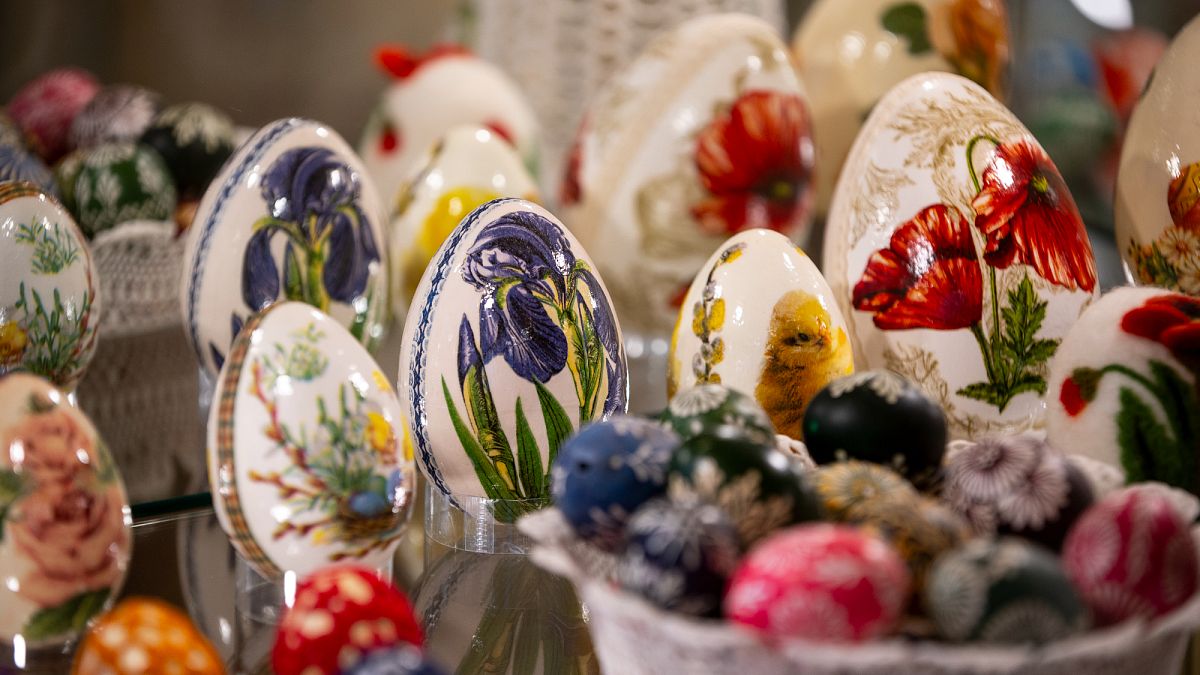
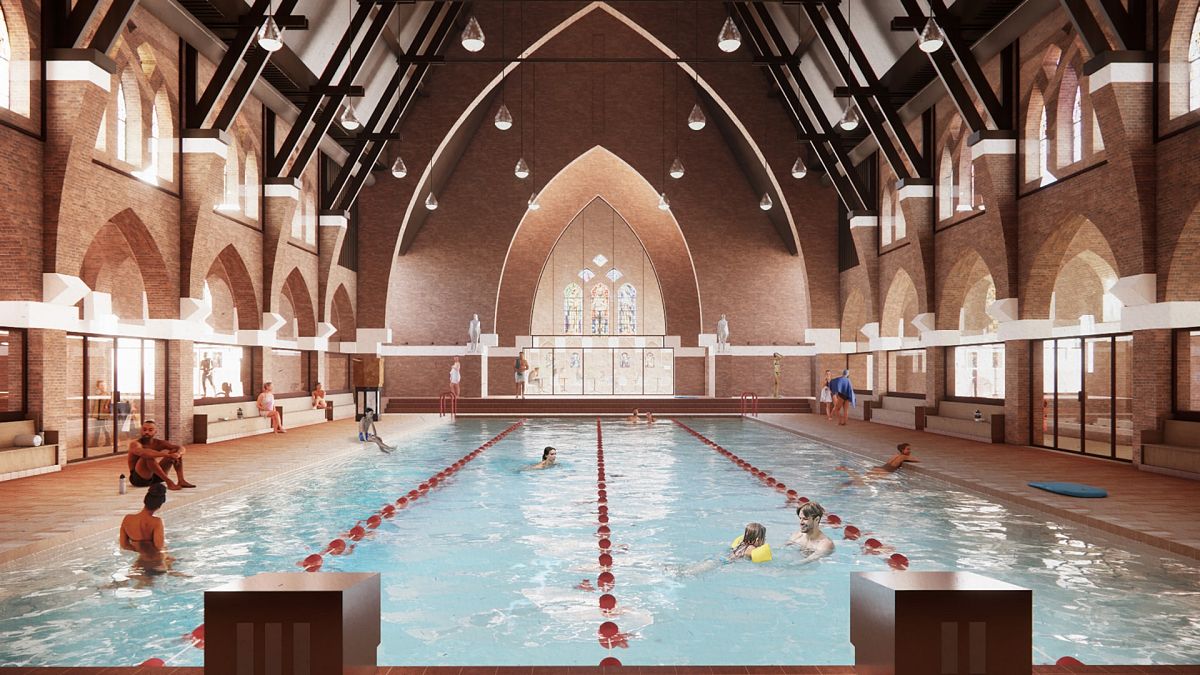
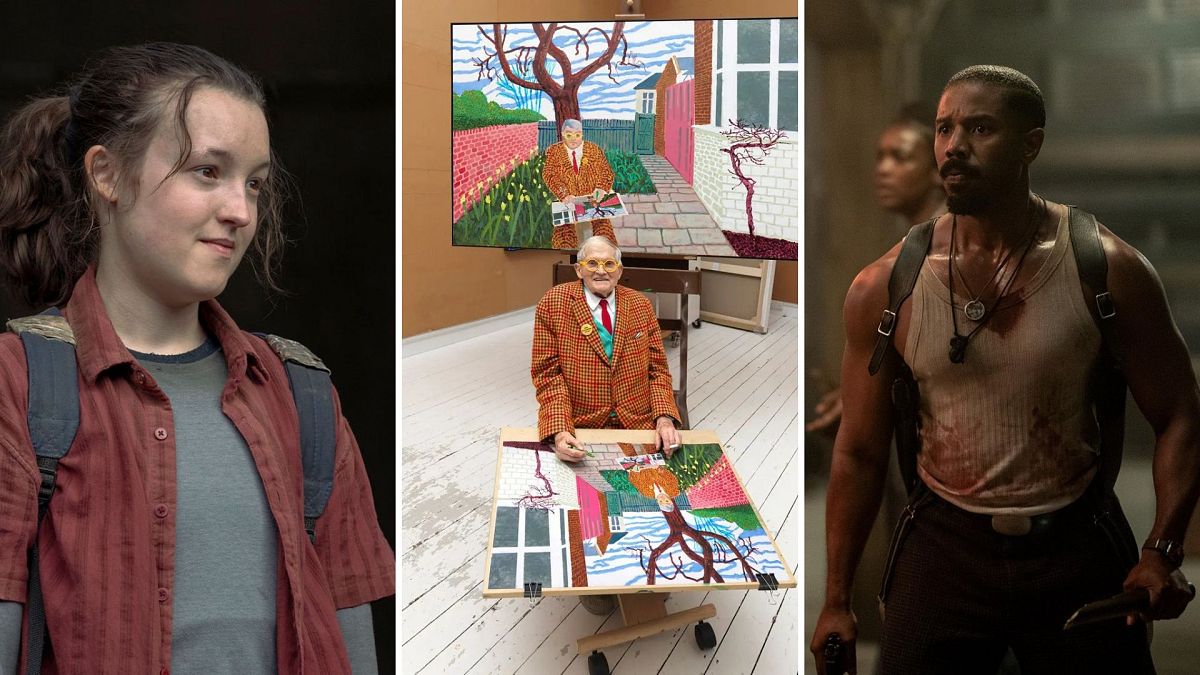
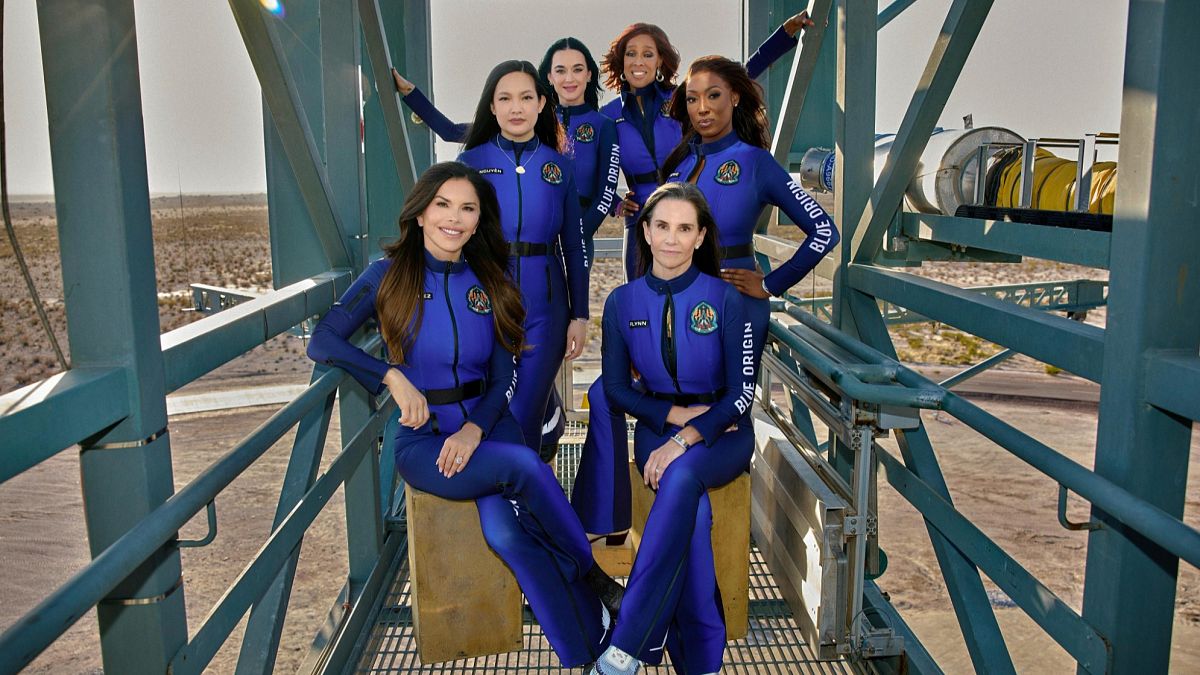
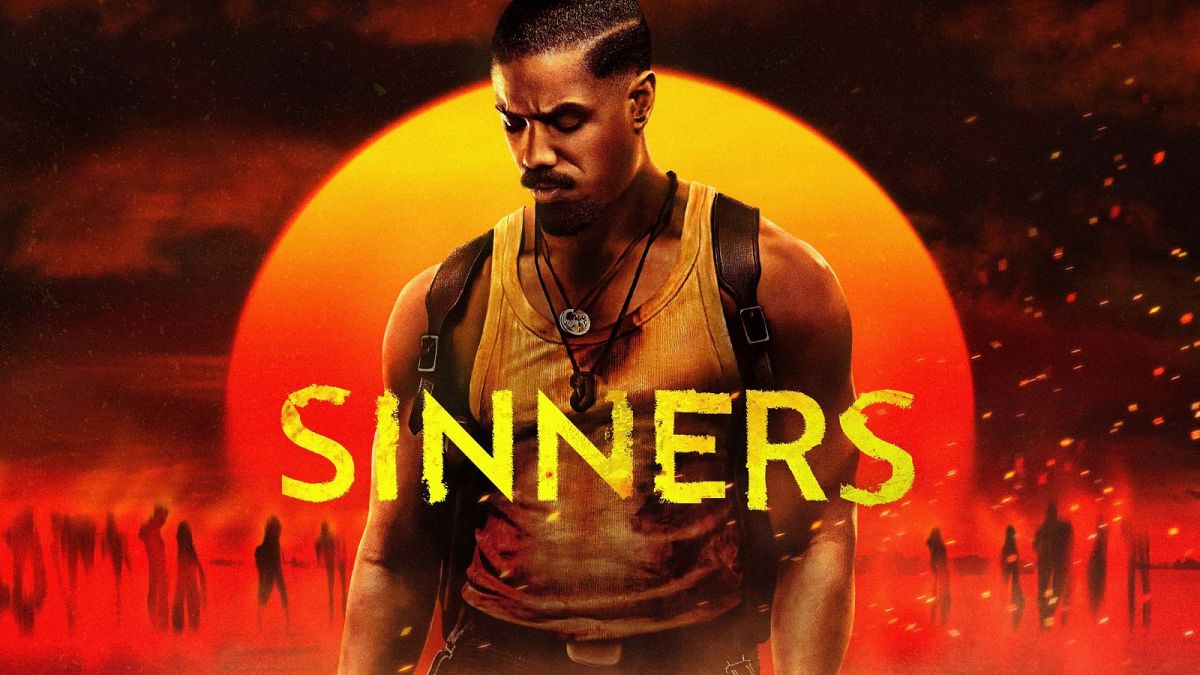
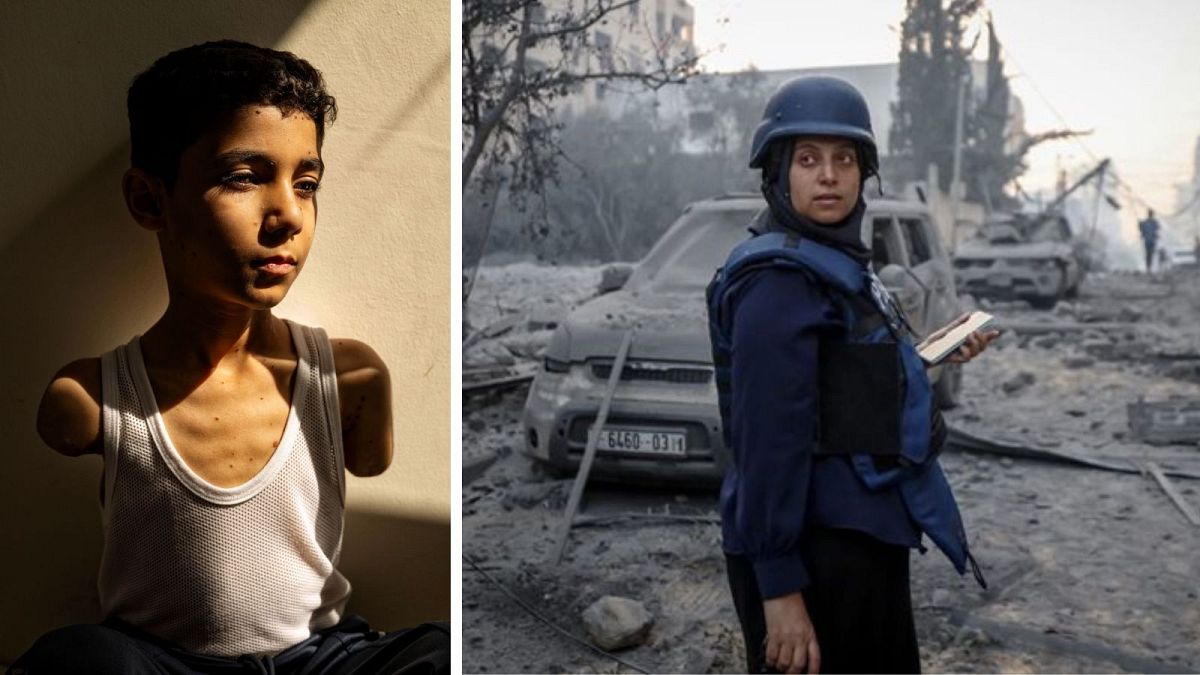
 We deliver critical software at unparalleled value and speed to help your business thrive
We deliver critical software at unparalleled value and speed to help your business thrive






 English (US) ·
English (US) ·